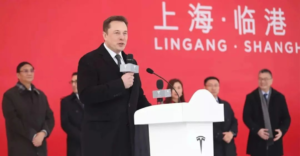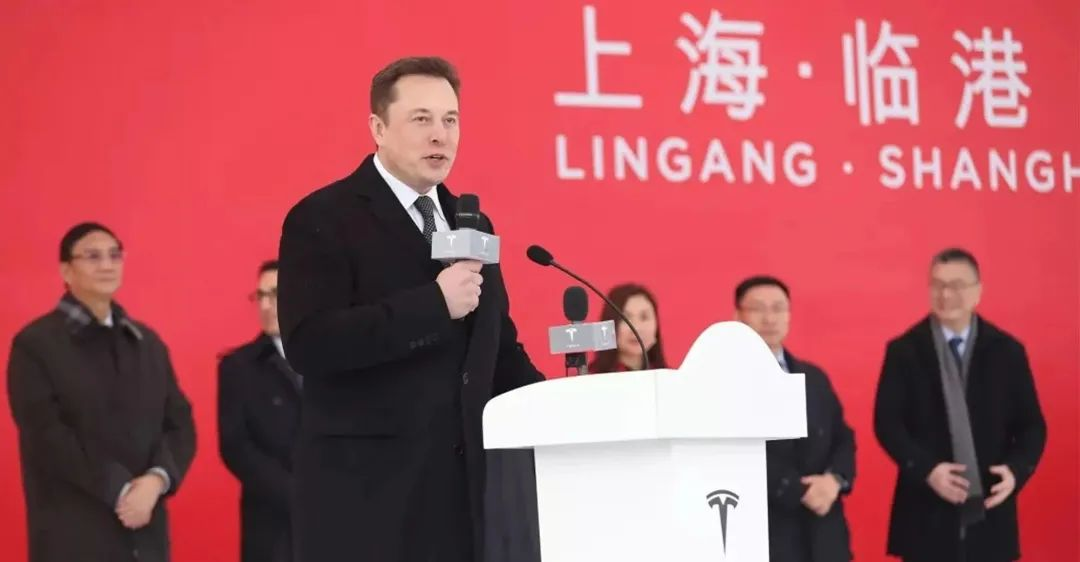Tesla CEO Elon Musk’s trip to China “ignited a fire” for the trillion-dollar energy storage market, which may stimulate a new round of competition in the global energy storage market. According to Musk, the Tesla energy storage super factory is planned to start construction in the third quarter of 2023 and start production in the second quarter of 2024. At the same time, Ningde era released the world’s first zero-assisted light-storage fusion solution, and BYD launched the first energy storage system with integrated blade battery – “BYD Rubik’s Cube”. Honeycomb Energy has also released a full range of energy storage cells and products for the three major scenarios of electricity, industry and commerce, and households.
Du Zhongming, president of the China Electric Power Planning and Design Institute, said: New energy storage is a key link in building a new power system. It can play an important role in supporting power supply, improving system regulation capabilities, and ensuring the safety of power grid operation. It has multiple and multi-time scales. Application scenarios.
The urgency of developing energy storage
New energy is an important part of China’s national energy supply system. With the proposal of the “3060” goal, the new energy industry has once again ushered in development opportunities, and fierce market competition has also reflected many industrial problems.
China’s energy structure is undergoing revolutionary changes – under the background of “double carbon”, new energy sources such as wind power and photovoltaics rely on the dual advantages of environmental protection and economy. As of the end of April this year, the total installed capacity of wind power and photovoltaic power generation reached 820 million kilowatts, accounting for 30.9% of the country’s installed power generation capacity. Wind power and photovoltaic power generation have huge uncertainties – the power grid pays attention to determinism. Only by relying on deterministic power generation can the stability of the power grid be maintained and the power supply security of the entire society can be ensured.
The most important way to solve this problem is energy storage. The so-called energy storage or energy storage technology refers to the conversion of energy forms that are difficult to store into forms that are technically easier and cheaper to store. The development of energy storage not only meets the requirements of “double carbon” but also ensures the safety of power supply. It can be described as “the best of both worlds” and is of great significance.

Trillion energy storage track has arrived
According to statistics from the Energy Storage Branch of the China Chemical and Physical Power Industry Association, the industrial scale of new energy storage may break through the trillion mark by 2025, and is expected to be close to 3 trillion yuan by 2030. The energy storage market has a bright future and huge room for future development. How to stand out in the fierce battle is bound to become a topic of common concern in the industry.
A large number of enterprises have settled in, and energy storage has become a hot spot for investment.
According to the statistics of China Electricity Council, in 2022,38,000enterprises related to the whole energy storage industry chain will be newly established in China, which is 5.8 times that of 2021. In addition, as of April this year, more than 300 companies in the domestic energy storage industry have obtained financing, involving 944 financing events and a financing amount of 194.7 billion yuan.
Policy support promotes the development of the energy storage industry.
Relevant departments have successively issued documents such as “Guiding Opinions on Accelerating the Development of New Energy Storage” and “Implementation Plan for the Development of New Energy Storage During the 14th Five-Year Plan” to promote the initial establishment of a support system for the development of new energy storage. Over 60 subsidy measures related to energy storage have been introduced in various places, effectively mobilizing the enthusiasm of market players to invest in construction.
How to cross the profit mountain
At present, most energy storage companies rely on subsidies to survive. The energy storage industry is facing profitability problems and needs to further explore feasible development models. Zhang Yongwei, vice chairman of the China Electric Vehicles Association, once suggested that my country should form a business model for energy storage applications and create a social and economic environment that is conducive to the realization of energy storage value.
Overcapacity in battery manufacturing and imbalance between supply and demand
The energy storage industry chain generally has three links, from upstream equipment vendors, midstream system integrators to downstream application ends, which are interlocking. However, as a project-oriented industry, the number of projects is affected by various factors such as current terminal demand and cost. The demand for batteries is often uncertain. Excess production capacity leads to price wars among manufacturers, making it difficult to achieve profitability.
Reduce the cost of energy storage and improve the market mechanism
The cost of the energy storage system is mainly composed of batteries and PCS (energy storage converters), which account for 80% of the total cost, and among them, the battery pack constitutes 60% of the cost of the energy storage system. As the price of lithium iron phosphate falls, the cost of the battery link will decrease, which will become the main contributor to the cost reduction of the entire energy storage system. This is also the key to the transformation of the energy storage industry from the initial commercialization to large-scale. For battery manufacturers, whoever can reduce the terminal cost first will be able to occupy a leading position in the market.
In short, if energy storage is to continue to develop rapidly, it must be profitable. This requires the establishment of a cost-cutting mechanism for energy storage and the promotion of commercial applications of new energy storage. Allow energy storage to further participate in the electricity market and benefit from a market-oriented mechanism.

